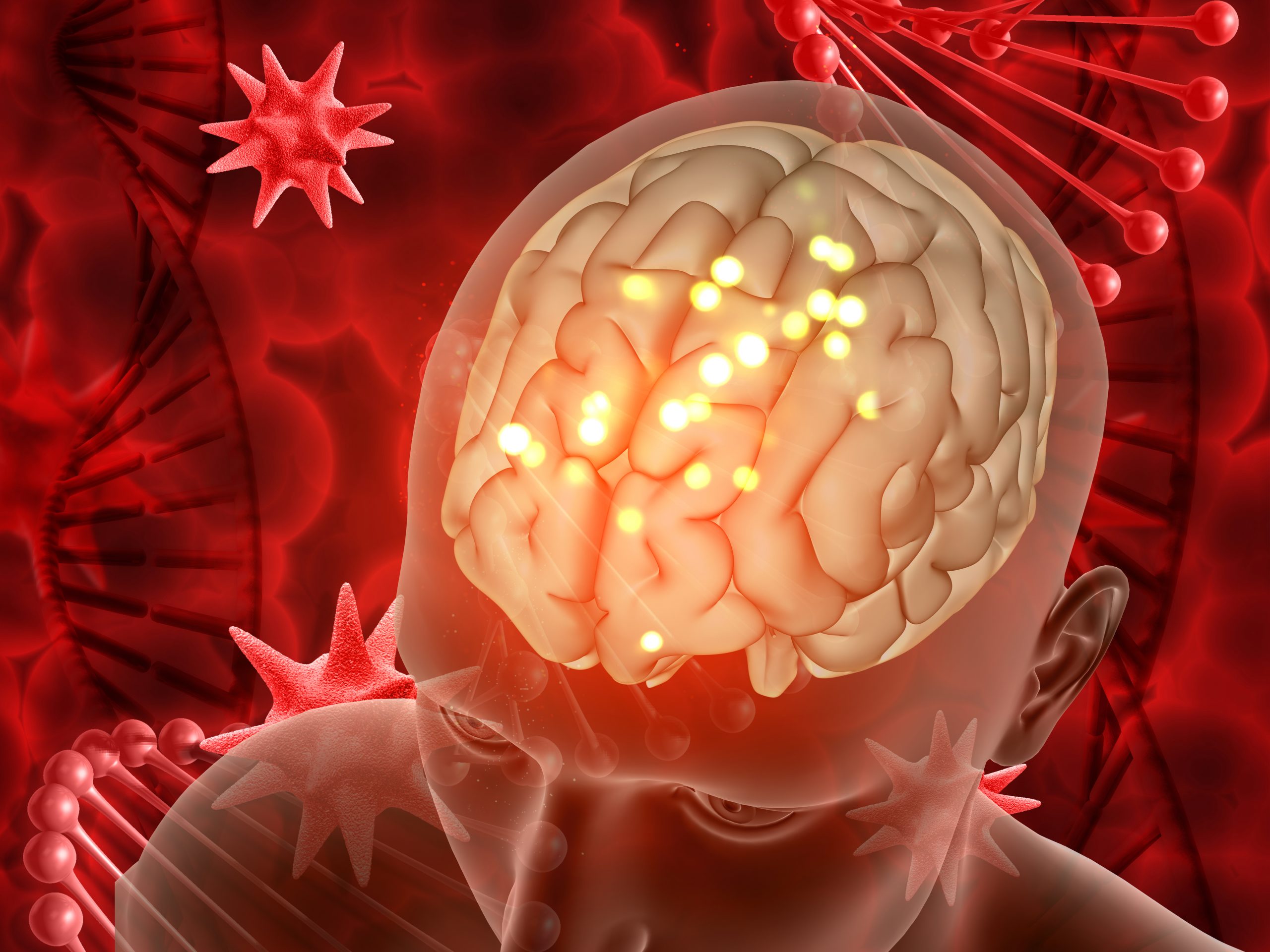

According to new data from a multi-institutional phase 3 clinical trial published on May 2 in Cell Reports Medicine, a cancer stem cell test can accurately decide more effective treatments and lead to increased survival for patients with glioblastoma, a lethal brain tumor.
Soma Sengupta, MD, Ph.D., a co-first author of the study and a physician-researcher at the University of Cincinnati Cancer Center, explained that the study focused on patients whose glioblastoma had returned after initial therapy.
The experiment evaluated the efficacy of ChemoID, a CLIA and CAP-accredited diagnostic test created by Dr. Pier Paolo Claudio and Dr. Jagan Valluri of Cordgenics LLC.
“ChemoID looks at cancer stem cells and their sensitivity to specified drugs to see which ones will work in a given cancer setting,” said Sengupta, UC associate professor in neurology, director of neuro-oncology clinical trials, associate director of the Brain Tumor Center and a UC Health neuro-oncologist.
Patients in the trial were randomly assigned to either have their chemotherapy treatment determined by ChemoID or have their chemotherapy treatment determined by clinicians using normal procedures. Oncologists’ treatment decisions, according to Sengupta, are frequently influenced by guidelines and insurance considerations.
Those whose treatments were chosen by ChemoID had a much lower risk of death and lived 3.5 months longer on average than those in the physician-choice group.
“We were pleasantly surprised that the ChemoID group did better and that a cancer stem cell-derived test is important in this disease,” Sengupta said. “Where survival in recurrent glioblastoma is extremely poor, 3.5 months or more is wonderful. Some of my patients on this trial are still alive.”
Claudio noted that because ChemoID focuses on employing commercially accessible chemotherapies, it allows patients to receive more effective treatment at a cheaper cost.
According to Valluri, incorporating anti-cancer therapy that targets cancer stem cells earlier in the treatment plan will minimize unsuccessful treatments and allow patients to gain the most therapeutic benefit.
“This is an example of a highly collaborative project,” Sengupta said. “At UC alone, several colleagues, including Dr. Mario Zuccarello and Dr. Rekha Chaudhary, were involved.”
more recommended stories
 Safer Allogeneic Stem Cell Transplants with Treg Therapy
Safer Allogeneic Stem Cell Transplants with Treg TherapyA new preclinical study from the.
 AI in Emergency Medicine and Clinician Decision Accuracy
AI in Emergency Medicine and Clinician Decision AccuracyEmergency teams rely on rapid, accurate.
 Innovative AI Boosts Epilepsy Seizure Prediction by 44%
Innovative AI Boosts Epilepsy Seizure Prediction by 44%Transforming Seizure Prediction in Epilepsy Seizure.
 Hypnosis Boosts NIV Tolerance in Respiratory Failure
Hypnosis Boosts NIV Tolerance in Respiratory FailureA New Approach: Hypnosis Improves NIV.
 Bee-Sting Microneedle Patch for Painless Drug Delivery
Bee-Sting Microneedle Patch for Painless Drug DeliveryMicroneedle Patch: A Pain-Free Alternative for.
 AI Reshapes Anticoagulation in Atrial Fibrillation Care
AI Reshapes Anticoagulation in Atrial Fibrillation CareUnderstanding the Challenge of Atrial Fibrillation.
 Hemoglobin as Brain Antioxidant in Neurodegenerative Disease
Hemoglobin as Brain Antioxidant in Neurodegenerative DiseaseUncovering the Brain’s Own Defense Against.
 Global Data Resource for Progressive MS Research (Multiple Sclerosis)
Global Data Resource for Progressive MS Research (Multiple Sclerosis)The International Progressive MS Alliance has.
 AI Diabetes Risk Detection: Early T2D Prediction
AI Diabetes Risk Detection: Early T2D PredictionA new frontier in early diabetes.
 Cancer Cells Learn to Self-Report: A New Frontier in Immunotherapy
Cancer Cells Learn to Self-Report: A New Frontier in ImmunotherapyHow a Drug Complex Enables Immune.

Leave a Comment